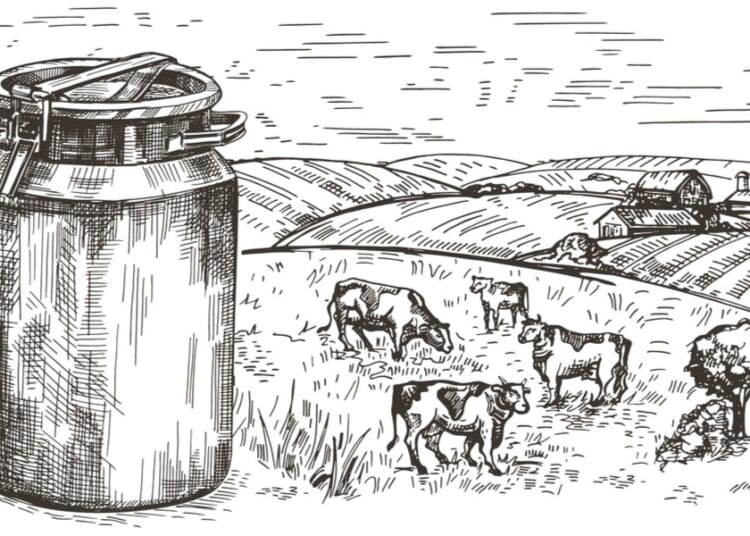DURING this spell of freezing weather I thought we would look at a bird that is well adapted to these conditions, the ptarmigan.
More properly called the rock ptarmigan (Lagopus muta), in Britain it is found only in the mountains of the Scottish Highlands, but it also breeds across Arctic and Subarctic Eurasia, North America and Greenland on rocky mountainsides and tundra. There are many subspecies; the UK one is millaisi.
It is a plump, medium sized game bird with a wingspan of up to 24ins. In the summer the female’s plumage is a lovely patchwork of neutral and white feathers, a great camouflage in its rocky surroundings.
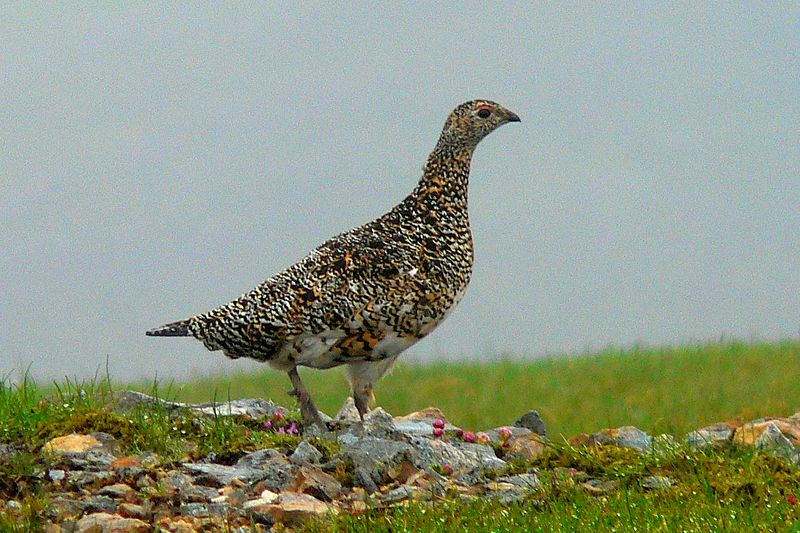
The male is greyer, with white underparts, but equally hard to spot. It has a more pronounced red eyebrow.
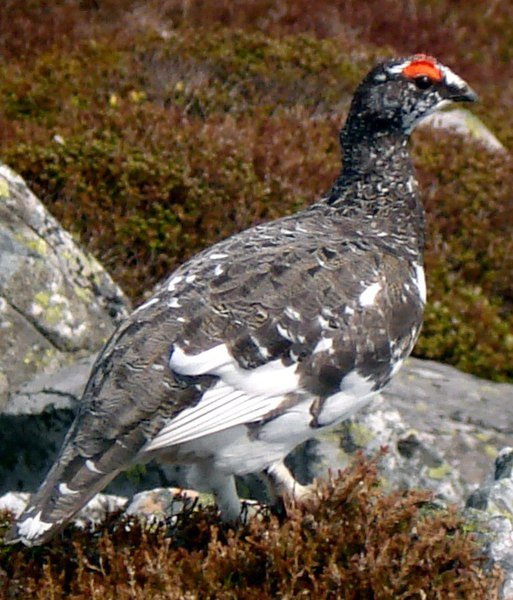
In winter the plumage of both sexes is white, apart from the black tail feathers and maybe a few others, again a perfect camouflage for a snowy landscape.
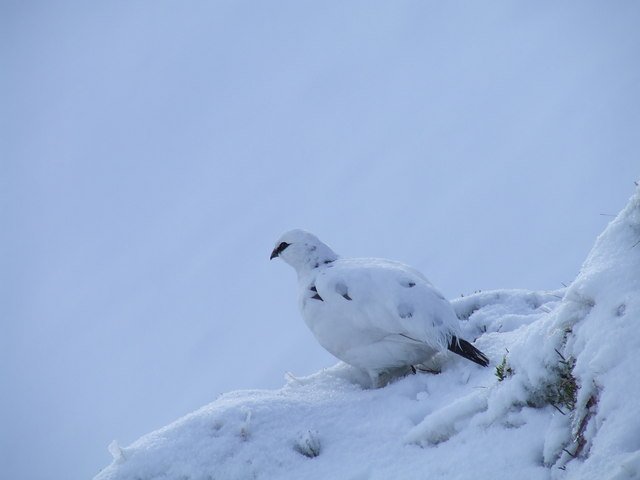
Unlike many other overwintering animals and birds, ptarmigans do not fatten up for winter so they have to keep looking for food. They eat buds and leaves, berries and seeds, and the chicks (up to six in a brood) eat insects and other invertebrates.
Here are a couple of short videos of birds in summer plumage.
And here are a pair in their winter outfits. I love the feathered trousers.
Incidentally, the word ptarmigan comes from the Scottish Gaelic tàrmachan, meaning ‘croaker’, after the bird’s call. The silent initial ‘p’ was added in 1684 by Robert Sibbald, who wrote an unfinished atlas of Scotland’s geography, natural history and antiquities, through the influence of Greek, especially ‘pteron’ meaning ‘wing’.
***
I think we get a very decent service from our police in this area. We get regular emails about stolen items to look out for (usually mountain bikes) and whatever the latest scams are, and the officers are often around. We also get the monthly crime statistics covering our village and two others, one each side of us, total population something under 3,000. Here are the figures for November:
Assault: 1
Road Related Offence: 2
Public Order: 0
Theft: 0
Vehicle Crime: 0
Drugs: 0
Criminal Damage: 0
Burglary:1
I looked for figures for other areas to compare them but without much success. It’s probably safe to say that this is probably one of the lowest crime rates in the country. Long may it continue.
***
Bovine of the Week
A couple of weeks ago, commenter Andreadsweald wrote: ‘The best beef I have ever eaten was from a Sussex Red but it’s hard to find. If you ever get the opportunity, do take it.’
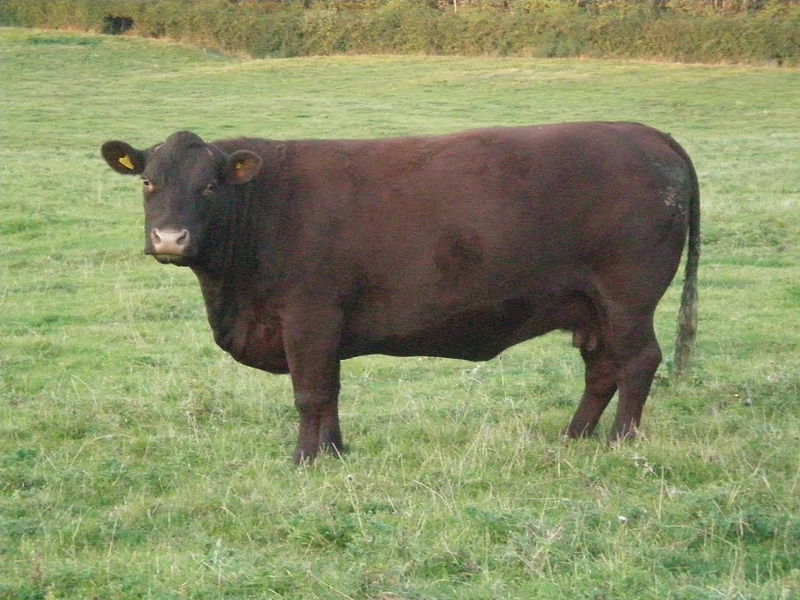
This is a Sussex cow (I don’t think the official name includes ‘Red’ but the breed is described as red in colour; I would call it mahogany). For a wonderful series of pictures of bulls you must see this page of the Sussex Cattle Society’s website. There is quite a variety of shapes but they are all magnificent animals.
The Sussex is an ancient breed of the High Weald, an area of wooded, rolling hills covering parts of Kent, Sussex and Surrey, and was recorded by the Normans in 1066 when they invaded England. They were traditionally used as draught oxen but from the late 18th century they were selectively bred to form a beef breed which is now used in many countries. They have a thin summer coat and many sweat glands, and grow a thick coat in winter, so they are suited to both hot summers and cold winters. Their strong legs and good feet enable them to walk long distances over difficult terrain (a report from Zambia describes rustled cows covering 35 miles in 24 hours, finding their own way home). They said to have a placid temperament but can be very stubborn when they want to be.
This is a rather charming film which includes the warning to be very cautious around cattle.
Here is a video from the Weald and Downland Living Museum at Chichester, which demonstrates 1,000 years of rural life in Sussex, where they were training a couple of Sussex cows to recreate their ancient role of pulling a cart. It looks as if it would be a lot easier without the cows.
Coopers Farm in Hadlow Down, East Sussex, sell Sussex beef bred on the farm (with which I have no connection whatsoever).
***
Wheels of the Week
ANOTHER in the occasional series of pictures taken by TCW contributor Brian Meredith at the 2013 Florence Mille Miglia rally. I wrote about the background here, and this is an extract from the article: ‘The “Mille Miglia” (‘a thousand miles’) was a race which took place on public roads in Italy 24 times from 1927 to 1957 (thirteen before World War II, eleven from 1947). There were various routes of roughly 1,000 miles. The Mille Miglia was shockingly dangerous. Over the 24 races in 30 years, 56 people died – 24 drivers/co-drivers and 32 spectators. It all ended in 1957 when Spaniard Alphonso de Portago crashed his 4-litre Ferrari 335 S, killing himself, his co-driver and nine spectators, five of whom were children. These days, they hold the Mille Miglia Rally for cars which were registered to take part in the original race.’

This gorgeous machine is a 1955 Porsche Spyder 550 1500RS. I have located a picture of it in action in the 1955 Mille Miglia, driven by Wolfgang Seidel (owner) and Helm Glöckler (co-pilot), though I can’t say which man is which. They finished in 8th place.

The Porsche 550 was designed as the company’s first racing sports car and produced from 1953 to 1956. Its top speed was 140mph and it accelerated from 0-60mph in seven seconds. Only 90 were made, and it is thought that the one above was finished in March 1955, a few weeks before the race.
Undoubtedly the best-known Porsche 550 was the one in which James Dean had his fatal crash on September 30 1955. He was 24.
Dean was keen on racing and had been forbidden from any such activity by Warner Bros while he was filming Giant from June to mid-September 1955. When the movie was nearly complete, on September 21 Dean traded in his Porsche Speedster for a 550 Spyder, which he named Little Bastard. He had this painted across the rear cowling, with the number 130 on the front, back and doors. (I have not discovered the significance of the number.)
Many thought the car was dangerous and Dean’s girlfriend Ursula Andress, then aged 19, refused to get into it.
On September 23 Dean encountered Alec Guinness in Hollywood and proudly showed off his new car, claiming to have done 150mph in it. Guinness wrote later: ‘The sports car looked sinister to me . . . I heard myself saying in a voice I could hardly recognise as my own: “Please never get in it . . . if you get in that car you will be found dead in it by this time next week”.’
On September 30, a week later, Dean left Hollywood at 1.15pm to drive to Las Salinas, 300 miles north, intending to take part in that weekend’s races. A Porsche-trained mechanic, Rolf Wütherich, was his passenger. They stopped for fuel at a Mobil station in Sherman Oaks at around 2pm, where this last picture of Dean was taken. At 3.30pm Dean picked up a speeding ticket. At about 5.45pm, at the junction of SR 41 and US 466, near Cholame, California, Dean’s car collided at speed with a 1950 Ford Tudor saloon being driven by 23-year-old Navy veteran and Cal Poly student Donald Turnupseed. The Spyder cartwheeled several times and landed in a gully beside the road. Dean was still alive, but he died on the way to hospital 28 miles away. Wütherich was thrown clear and survived with a broken jaw and serious hip and leg injuries. Turnupseed suffered no more than facial bruises. He was cleared of any fault by a coroner’s jury but the accident haunted him for the rest of his life. He died of lung cancer at the age of 63. Wütherich had lasting psychological problems and died at the age of 51 when he lost control of the car he was driving and crashed into a house.
A 1956 550 Spyder sold for £4.6million in 2016, a record which I don’t think has been exceeded.
PS: I am sure someone can tell me what ‘1500RS’ means.

